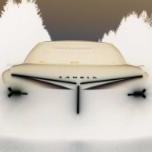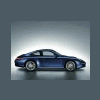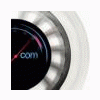Scelte Strategiche BMW Group
-
Contenuti simili
-
- 7 risposte
- 429 visite
-
BMW i4 & BMW Serie 4 Gran Coupé 2025
Pubblicato da Beckervdo,
- g26
- bmw serie 4 grancoupe
- (e 8 altri in più)
- 3 risposte
- 353 visite
-
- 36 risposte
- 1890 visite
-
-
-
















.thumb.jpg.46228d717c405acd43b45b79fddce6a4.jpg)




Messaggi Raccomandati:
Crea un account o accedi per lasciare un commento
Devi essere iscritto per commentare e visualizzare le sezioni protette!
Crea un account
Iscriviti nella nostra community. È facile!
Registra un nuovo accountAccedi
Sei già registrato? Accedi qui.
Accedi Ora